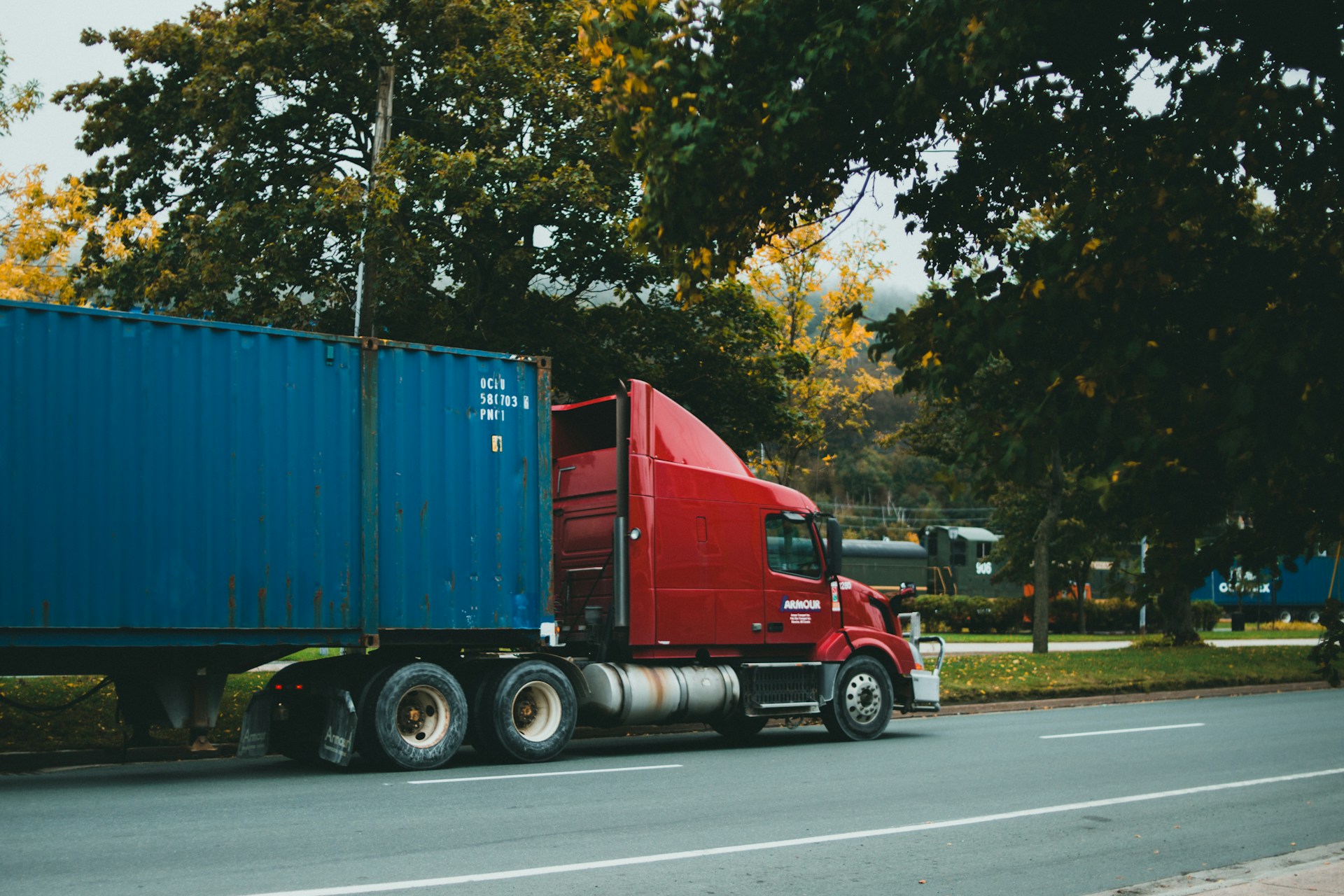The free flow of goods within the EU is one of the Union’s biggest benefits. But what happens if your goods need to pass through a non-EU country on the way to their final destination within the trade zone?
If you want your goods to move seamlessly across countries like the UK and Switzerland, then you’ll need a T2 document.
In this article, you’ll learn what this document is, how it works, why it’s different from a T1 transit document and what you need to fill it in.
What is a T2 document?
A T2 document, also known as a transit declaration or simplified transit document, is a key piece of customs paperwork that facilitates the movement of goods that are already in free circulation within the EU and EFTA.
It exempts these goods from additional customs checks and duties when they pass through non-member states.
This scenario commonly happens when goods are shipped from one EU country to another EU country via a non-member state like Switzerland or the UK. For example, an Irish company looking to export goods to France via England would use a T2 document to avoid customs checks and duties at the UK border.
You can use a T2 document to transport goods between any EU state via the following common transit countries:
- Iceland
- Norway
- Switzerland
- Liechtenstein
- Turkey
- Republic of North Macedonia
- Serbia
- United Kingdom
The T2 document acts as proof that goods are being transported under the common transit procedure. When goods arrive at the destination, the T2 document is presented and stamped.
Why do you need a T2 document?
A T2 document streamlines the shipping process, allowing goods to move freely without additional checks. Obviously, this has a lot of benefits for importers and exporters.
These include:
- Streamlined logistics. A T2 document means customs officials won’t check goods at borders, accelerating customs clearance.
- Lower fees. A T2 document means importers aren’t charged duties or VAT at the border.
- Reduced paperwork. Companies only need to complete a T2 document to pass through borders.
- Greater flexibility. Businesses can choose the most optimal route for their goods, even if it means passing through a non-member state.
Without a T2 document, EU goods might be subject to customs checks and duties when they cross into a non-member state.
What’s the difference between T1 and T2 documents?
T1 documents and T2 documents both govern the movement of goods under customs control. But they apply to different categories of goods:
- T1 transit applies to non-EU goods that have not been released for free circulation
- T2 transit applies to goods originating in the EU or goods that have already been admitted with duties paid.
If your goods originate in the EU or have already cleared EU customs, you’ll need a T2 document. Otherwise, you’ll need a T1 transit document.
What do you need to include in a T2 document?
Completing a T2 transit declaration accurately is key to avoiding delays or rejection. Here’s a breakdown of what you’ll need to include on your form:
- Trader details. The name and EORI number (Economic Operators Registration and Identification) of the consignor and consignee.
- Transport modes. Specify whether it’s road, rail, sea or air. Include vehicle identifications and container numbers.
- Details of goods. Include commodity codes, descriptions, weights, and other packaging details.
- Customs office information. The office of departure, the office of destination and any intermediate offices if required.
- Guarantees. Financial guarantee reference covering potential duty and tax liability in case of non-arrival.
- Supporting documentation. Include supporting documentation such as the commercial invoice, packing list, bill of lading or CMR consignment note.
Electronic submission via the EU’s NCTS (New Computerised Transit System) is mandatory in most cases, though paper T2L (T2 light) forms remain in use for certain simplified procedures.
What is the T2 transit procedure?
The Internal Union Transit Procedure (T2 procedure for short) means your goods maintain EU customs status when passing through non-member states.
Here’s what the process looks like:
- Complete the application. Use the information above to fill in the T2 document.
- Submit the application. Submissions should be made using the New Computerised Transit System. A freight forwarder like Pro Carrier can manage this process.
- Present your goods at customs. Once submitted, you have a seven-day period to present the goods to customs. Customs officials will check your goods and take a security deposit. This should be the estimated import charges at the destination.
- Transport your goods. Your goods will retain EU status as long as they remain under the T2 document. Any changes to the goods or transport route must be reflected in the transit system.
- Close the document. The T2 transit procedure closes at the destination country. Your document will be stamped, and any remaining deposit will be returned.
Streamline the movement of your goods by partnering with Pro Carrier
The T2 customs processes can seem confusing, but it’s the only way to ensure your goods retain their free movement status when moving across the continent and via non-EU states.
Luckily, you don’t have to fill in the document or manage the process yourself. As an authorised customs broker, Pro Carrier can take care of the entire process, alleviating any stress and confusion.
We combine cutting-edge technology, like our Horizon tracking platform, with customer service excellence to deliver a comprehensive and white-glove service. You can trust us to deliver your goods to their destination using the most optimal approach.
For more information on how we can help, read our case studies or contact one of our experts today.
